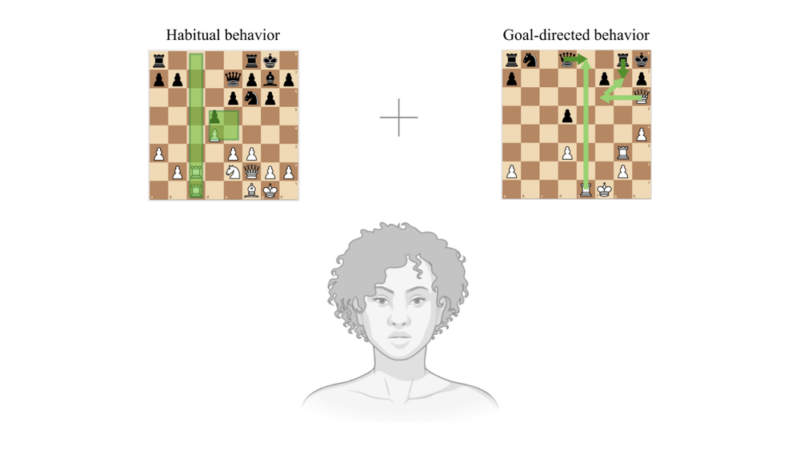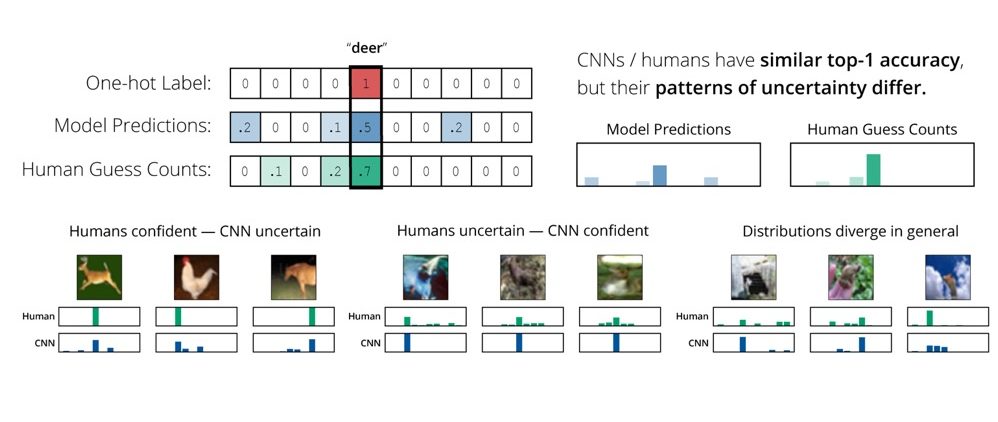Review written by Andy Jones (COS, GS)
Understanding the link between neural activity and behavior is one of the long-running goals of neuroscience. In the information age, it is becoming more and more common for neuroscientists to take a data-driven approach to studying animal behavior in order to gain insight into the brain. Under this approach, scientists collect hours’ or days’ worth of video recordings of an animal, relying on modern machine learning (ML) systems to automatically identify exact locations of body parts and classify behavior types. These methods have opened the door for more expansive studies of the relationship between brain activity and behavior, without relying on laborious manual annotations of animal movements.
Contine reading



